Human beings love to travel – in 2019, a total of 2.3 billion individuals took trips in the United States alone. We travel for many reasons: to experience new people, places, and cultures, to broaden our horizons, to escape our everyday lives, and to see the world through new eyes. But nothing ruins a good vacation like not feeling your best! Motion sickness, pain, and illnesses like allergies and the common cold can derail  even the best-laid trip plans. Throughout the 5000-year history of traditional Chinese medicine (TCM), clinicians have been developing methods to preserve and restore health to the human body. Acupuncture is arguably the most well-known TCM practice; combined with traditional Chinese herbal medicine and other lesser-known modalities like cupping and gua sha, can be extremely effective at relieving the symptoms of motion sickness, reducing pain, and helping the body heal from injuries and infections.
even the best-laid trip plans. Throughout the 5000-year history of traditional Chinese medicine (TCM), clinicians have been developing methods to preserve and restore health to the human body. Acupuncture is arguably the most well-known TCM practice; combined with traditional Chinese herbal medicine and other lesser-known modalities like cupping and gua sha, can be extremely effective at relieving the symptoms of motion sickness, reducing pain, and helping the body heal from injuries and infections.
My experiences with travel have been some of the best – and unfortunately also the worst – experiences of my life. I often say that I have the heart and soul of a traveler, but just not the constitution of one! I suffer from terrible motion sickness, whether traveling by car, air, or sea. I’ve never traveled by train, but I’m guessing that those would give me motion sickness too. And after my last cruise, I even had seasickness after getting back on land – a type of motion sickness known as disembarkment syndrome. Motion sickness, travel sickness, seasickness, or disembarkment syndrome occur when the body, the inner ear, and the eyes send conflicting signals to the brain. People may feel fine one moment and then suddenly experience various symptoms such as nausea, vomiting, cold sweats, dizziness, and headache, as well as other uncomfortable symptoms. This most often happens when people are in a car, boat, airplane, flight simulators, and amusement park rides. The good news – and I can attest to this from personal experience ! - is that TCM, including acupuncture and traditional Chinese herbal medicine, can help. Nausea is the result of rising stomach Qi. According to AOMA clinician and licensed acupuncturist Dr. Nelson Song Luo, normally, stomach Qi should descend rather than ascend. What happens to people with motion sickness? In traditional Chinese medicine, the Qi and blood in the inner ear are provided by the san jiao (SJ), small intestine (SI) and gallbladder (GB) channels. The eyes are nourished by the liver channel. In a moving vehicle, the Qi and blood circulation in the SJ, SI, GB, and liver channels are disturbed by abnormal movements, which will cause the stomach Qi to rise, causing symptoms of nausea or vomiting. As a result, people suffer from motion sickness. During an acupuncture treatment, acupuncture points on SJ, SI, GB and liver channels are selected to rebalance the Qi and blood circulation in the inner ear and eyes. In Dr. Luo’s practice at AOMA, some evidence-based effective acupuncture points such as SJ21, SI19, GB2 and P6 (pericardial channel 6) have been selected to treat motion sickness; as a result, patients with motion sickness are soon asymptomatic.
! - is that TCM, including acupuncture and traditional Chinese herbal medicine, can help. Nausea is the result of rising stomach Qi. According to AOMA clinician and licensed acupuncturist Dr. Nelson Song Luo, normally, stomach Qi should descend rather than ascend. What happens to people with motion sickness? In traditional Chinese medicine, the Qi and blood in the inner ear are provided by the san jiao (SJ), small intestine (SI) and gallbladder (GB) channels. The eyes are nourished by the liver channel. In a moving vehicle, the Qi and blood circulation in the SJ, SI, GB, and liver channels are disturbed by abnormal movements, which will cause the stomach Qi to rise, causing symptoms of nausea or vomiting. As a result, people suffer from motion sickness. During an acupuncture treatment, acupuncture points on SJ, SI, GB and liver channels are selected to rebalance the Qi and blood circulation in the inner ear and eyes. In Dr. Luo’s practice at AOMA, some evidence-based effective acupuncture points such as SJ21, SI19, GB2 and P6 (pericardial channel 6) have been selected to treat motion sickness; as a result, patients with motion sickness are soon asymptomatic.
Aside from motion sickness, travel can often cause other symptoms of digestive distress. Ideally, we should eat mindfully and avoid overeating, but part of the joy of travel is to experience new things - and to indulge! But while enjoying the journey of indulging, the destination is often downright miserable. TCM teaches us that digestion begins with the Spleen. On a physical level, the Spleen handles the “Transformation and Transportation” of food. The stomach “governs the intake” of food, but the Spleen extracts nutrients from the food and sends that nutrition to other areas of the body. When we temporarily over-tax our digestive system with high quantities of dense, fatty, greasy, processed foods and alcohol, we shock our bodies and run the risk of developing what is referred to in traditional Chinese medicine as food stagnation. Food stagnation presents with symptoms like abdominal distention, belching, flatulence, nausea, fatigue, low appetite, and even vomiting and diarrhea. This is because the digestive system is temporarily unable to do its job of receiving, transforming, and transporting nutrients because it is overwhelmed. Acupuncture helps calm the digestive tract, and traditional Chinese herbal formulas can help transform food, break up stagnation, and get your digestive system back to optimal function.
Chances are you know someone who experiences either chronic or acute pain daily. Although acute pain is a normal sensation that is triggered by the nervous system to inform your body of a possible injury that may need more care, chronic pain is different. Chronic pain can persist because an injury never fully healed or because pain signals continue to fire in the nervous system. And either acute or chronic pain can greatly interfere with your ability to enjoy travel! Acupuncture sends signals to the brain to reevaluate an injury and turn off any pain receptors that are unnecessary, which can help to relieve chronic pain. Acupuncture also relaxes muscles, increasing blood flow and bringing relief to tight or stressed tissues, often helping with acute pain and promoting healing of a recent injury. The best part? Unlike pharmaceutical pain-relievers, acupuncture is free of cumulative side effects and is completely non-addictive.
Even minor ailments can prevent you from fully enjoying your travel experiences, whether you’re experiencing allergies, the flu, or a common cold. Your immune system is made up of special organs, cells, and chemicals that fight infection in your body. Acupuncture strengthens a weakened immune system by increasing red, white, and T-cell counts and enhancing cellular immunity. It can speed up the healing of infections and normalize the body’s immune response. Regular acupuncture boosts the immune system to prevent illness and can treat conditions such as allergies, colds, and flus.
If, like me, you have the heart and soul of a traveler but not the constitution of one, I highly recommend giving acupuncture a try! It might help relieve your discomfort and get you back to enjoying your journey. And while I hope that your next travel experience is free from any illness, digestive distress, or pain, should you experience any of these symptoms, I hope this article inspires you to think of TCM as a possible solution. Safe travels!
Consulting acupuncturist:
Luo, Nelson Song, PhD., MD (China), LAc.
https://aoma.edu/patients/professional-clinic/providers/nelson-song-luo-phd-md-lac
References:
Holmes, C. “Chew on This: The Role of the Spleen.” April 6, 2016.
https://blog.aoma.edu/blog/chew-on-this-the-role-of-the-spleen
Lattimore, T. “Thanksgiving: The Food Stagnation Holiday.” November 22, 2017.
https://blog.aoma.edu/blog/thanksgiving-the-food-stagnation-holiday
U.S. Travel and Tourism Overview (2019) – Research and Fact Sheet

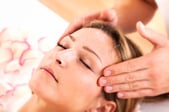 phonophobia-sensitivity to sound). Around 36% of migraines have an associated aura. Migraine with aura describes a migraine in which the person experiences some type of sensation associated with the onset of a migraine. The common aura symptoms include blind spots in the field of eyesight, colored spots, sparkles or stars, flashing lights before the eyes, tunnel vision, zig zag lines or temporary blindness.
phonophobia-sensitivity to sound). Around 36% of migraines have an associated aura. Migraine with aura describes a migraine in which the person experiences some type of sensation associated with the onset of a migraine. The common aura symptoms include blind spots in the field of eyesight, colored spots, sparkles or stars, flashing lights before the eyes, tunnel vision, zig zag lines or temporary blindness.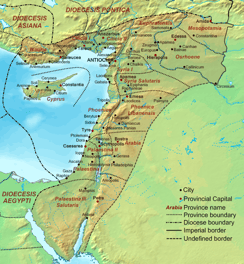
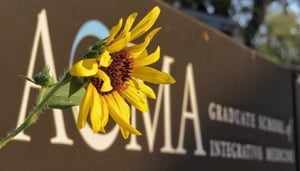 AOMA along with the world of Acupuncture as a whole has moved away from the usage of the word. The medicine taught and practiced at AOMA comes not from the falsely depicted “backwards nations” of colonial fiction, but from the rich, vibrant cultures of Asia which were just as diverse and advanced (more so at times) as those of Europe. By shedding this burdened word from our lexicon we seek not to abandon the roots of Acupuncture, but rather to continue integrating this medicine into American society.
AOMA along with the world of Acupuncture as a whole has moved away from the usage of the word. The medicine taught and practiced at AOMA comes not from the falsely depicted “backwards nations” of colonial fiction, but from the rich, vibrant cultures of Asia which were just as diverse and advanced (more so at times) as those of Europe. By shedding this burdened word from our lexicon we seek not to abandon the roots of Acupuncture, but rather to continue integrating this medicine into American society.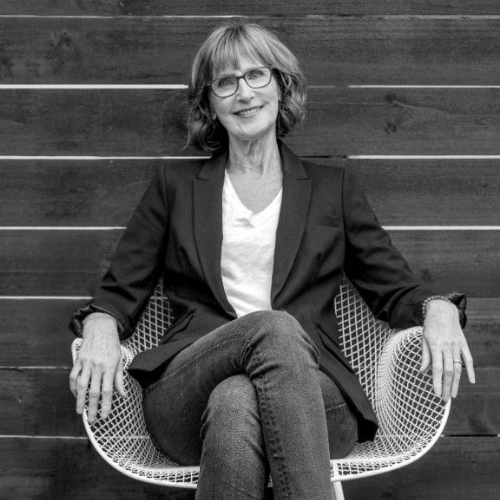




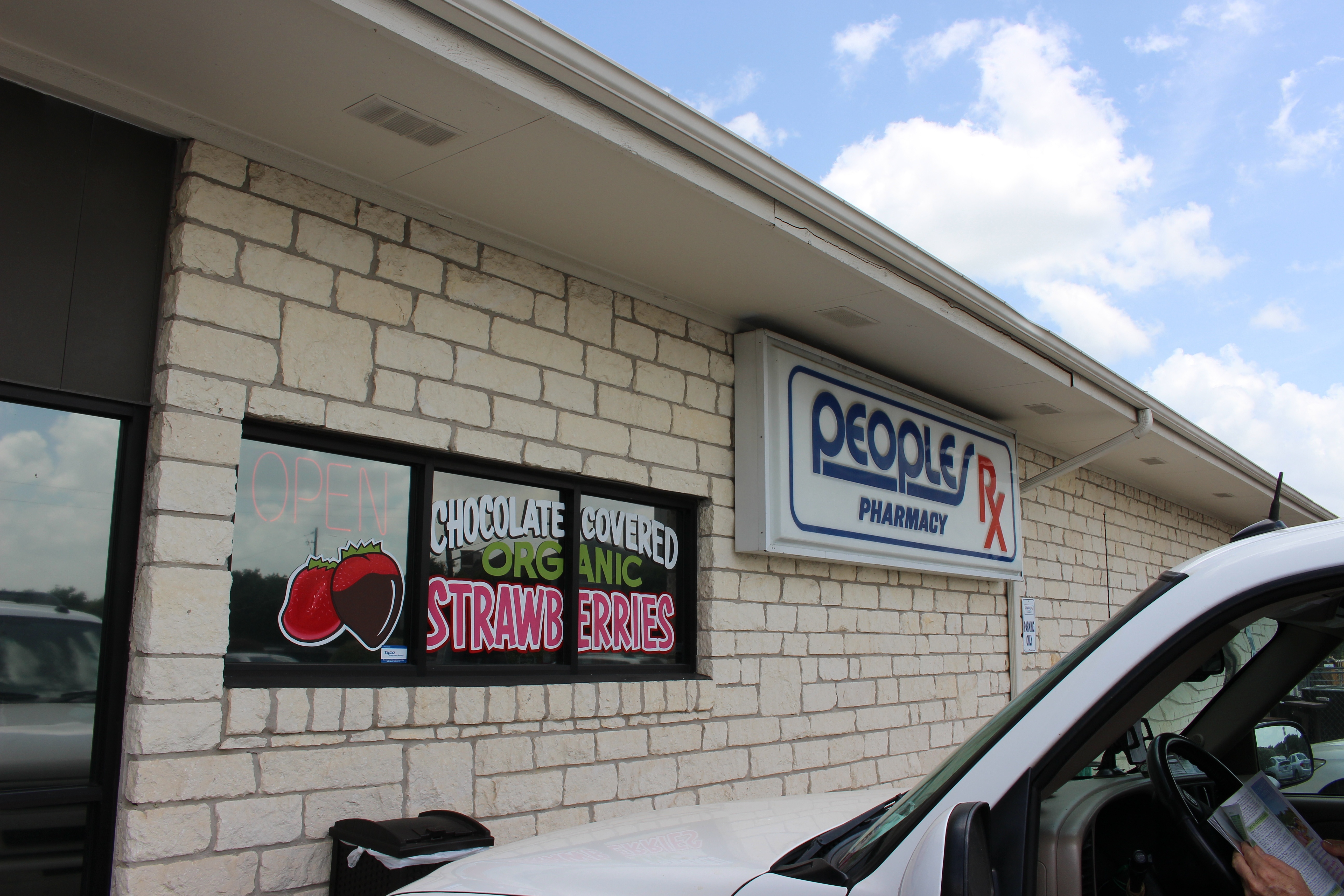
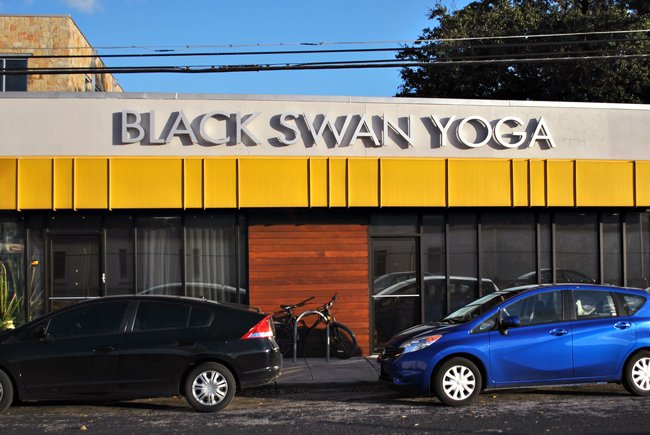
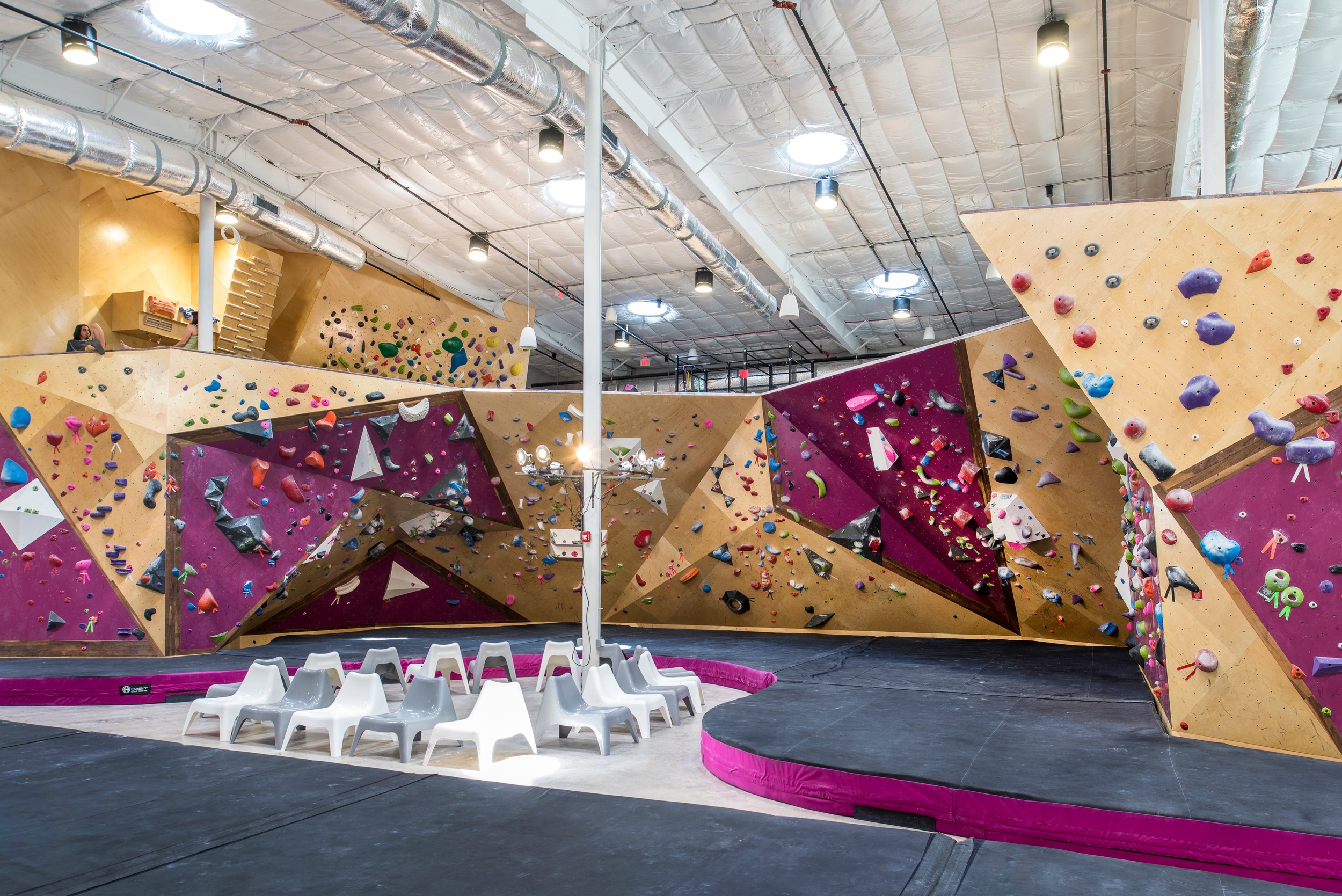
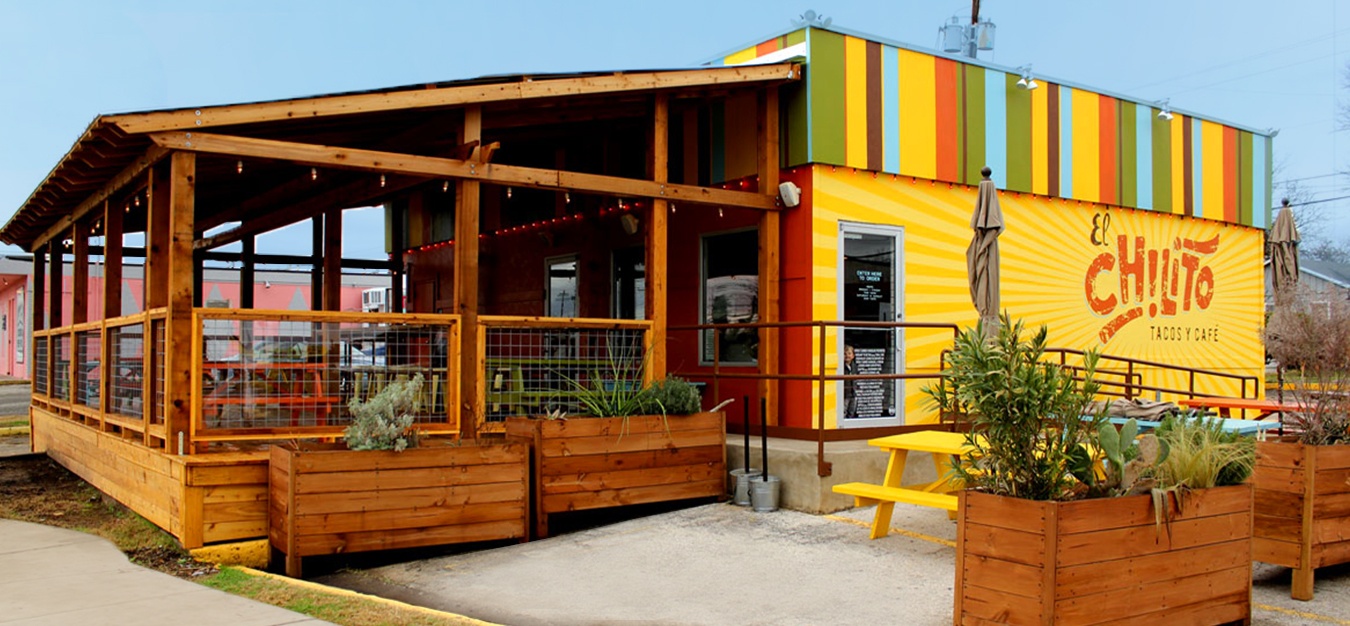
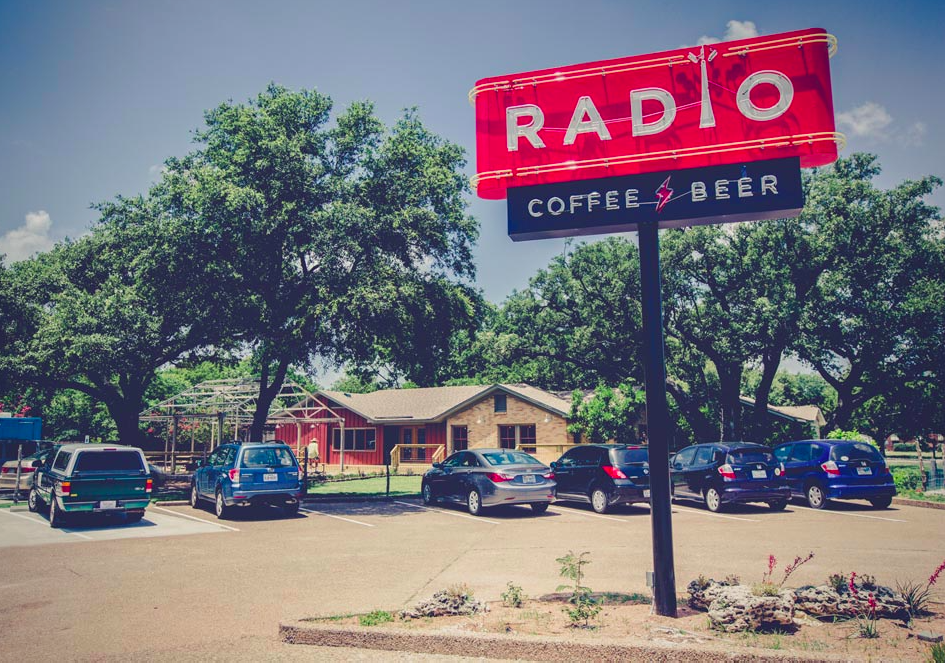



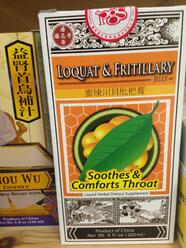
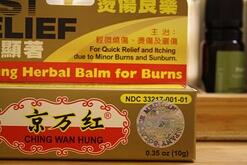
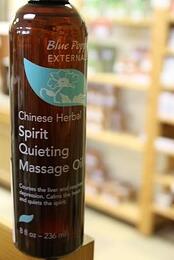

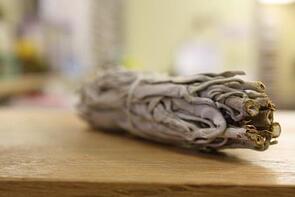
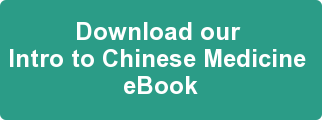

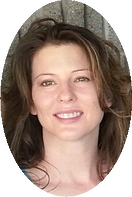
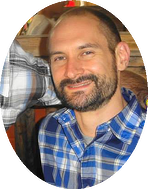
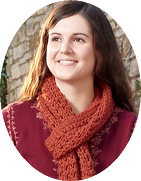





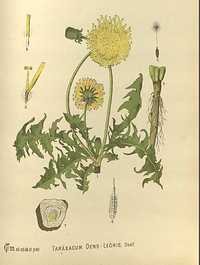 1. Taraxicum officinale or T. mongolicum – Common Dandelion – Pu Gong Ying
1. Taraxicum officinale or T. mongolicum – Common Dandelion – Pu Gong Ying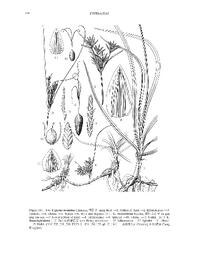 2. Cyperus rotundus – Purple nutsedge rhizome – Xiang Fu
2. Cyperus rotundus – Purple nutsedge rhizome – Xiang Fu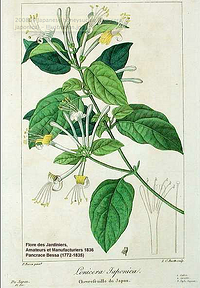 3. Lonicera Japonica – Japanese Honeysuckle – Jin Yin Hua
3. Lonicera Japonica – Japanese Honeysuckle – Jin Yin Hua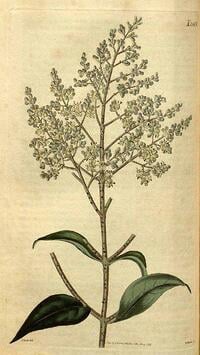 4. Ligustrum luciduim – Glossy Privet – Nu Zhen Zi
4. Ligustrum luciduim – Glossy Privet – Nu Zhen Zi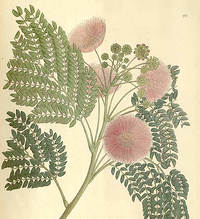 5. Mimosa Julibrissin – Persian silk tree – He Huan Hua and He Huan Pi
5. Mimosa Julibrissin – Persian silk tree – He Huan Hua and He Huan Pi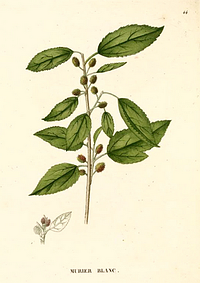 6. Morus alba – White Mulberry tree
6. Morus alba – White Mulberry tree 

